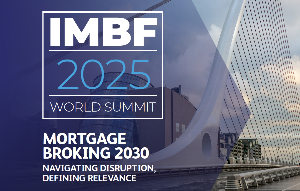
ANZ economists say in the latest Property Pulse borrowers shouldn’t feel rushed, but based on wholesale swap rates, mortgage interest rates are on track to bottom out late this year or early next year, by which time many borrowers will want to have locked in for a longer.
“We are of the view that the low point in the mortgage rate cycle is approaching, and that borrowers will likely benefit from locking in for a longer term.
We remain of that view, and while we expect further modest falls in interest rates, the bringing forward of OCR cuts has likely compressed that timeframe.
The bank says borrowers have months, not quarters before needing to make a decision. However, it warns that the window could close rapidly if economic data starts to improve.
“We think it makes sense to make a plan to consider spreading interest rate risk over a number of terms.”
ANZ says the two-year term is of obvious value given how low it is compared to other terms, but three years may also be worth considering, given that it expects the OCR to start rising from early 2027.
The bank now expects the OCR to bottom out 0.25% lower at 2.25% than it wase forecasting a month ago means meaning it sees room for additional downside.
Chief economist Sharon Zollner says the key point is that most of what has been seen reflects timing, rather than it signalling more OCR cuts to come.
“Our sense is that we are now closer to what will prove to be the low in mortgage rates than would’ve been the case if the RBNZ had cut more gradually.”
She says for those contemplating a new loan or with a rollover due a decision needs to be made now, and there is merit in selecting a longer term.
The bank’s breakeven analysis shows the one-year rate could possibly be below 4.49% in a year’s time. Zollner says it will come down to timing if mortgage rates fall over coming months and then start rising again.
“While that complicates decision- making, one reason why it may not be clear-cut is that we could be closer to the lows than many people think.
“There’s always uncertainty and it’s nigh on impossible to be right every time, but the two-year rate is here now, and it offers twice the certainty of the one-year. The latter might go lower in the near term, but may be higher in a year’s time, when it rolls over.”
She says fixing is all about risk management. Splitting over various terms rules out completely nailing it, but it also limits your potential regret.





Comments
No comments yet.
Sign In to add your comment